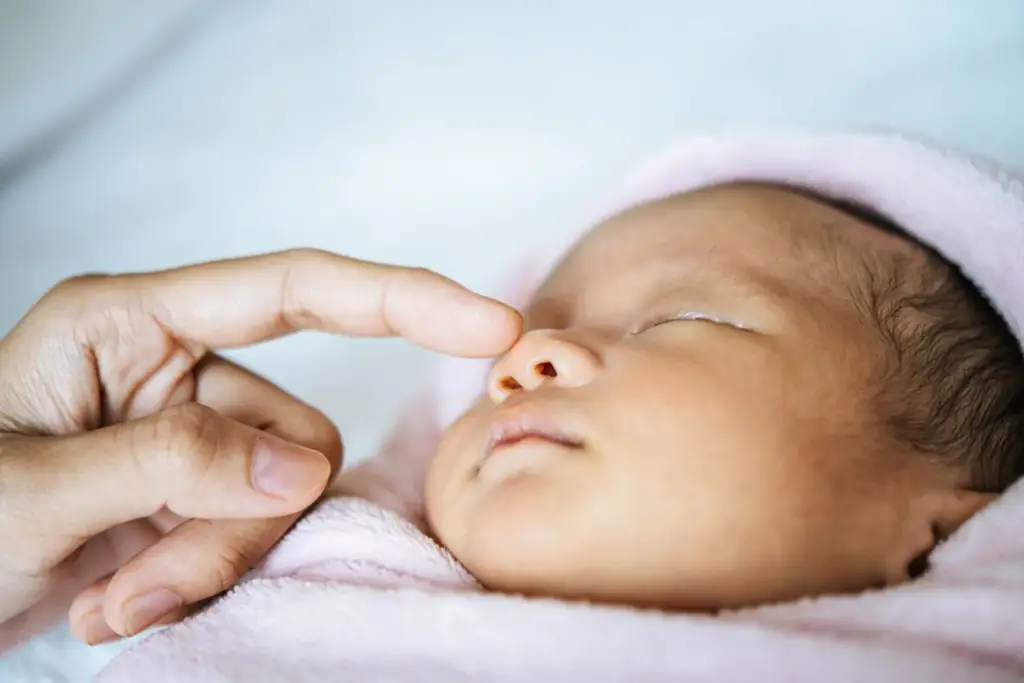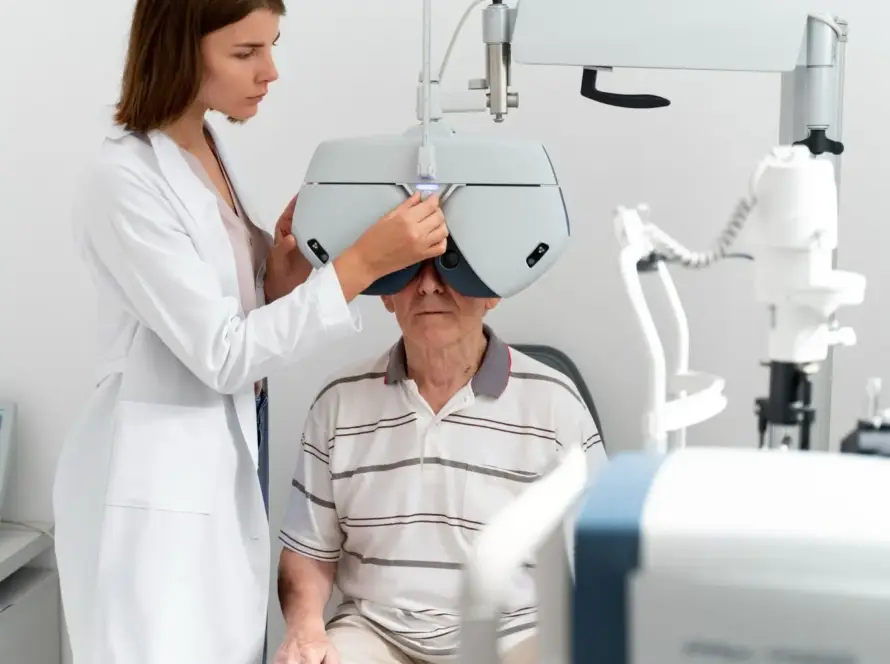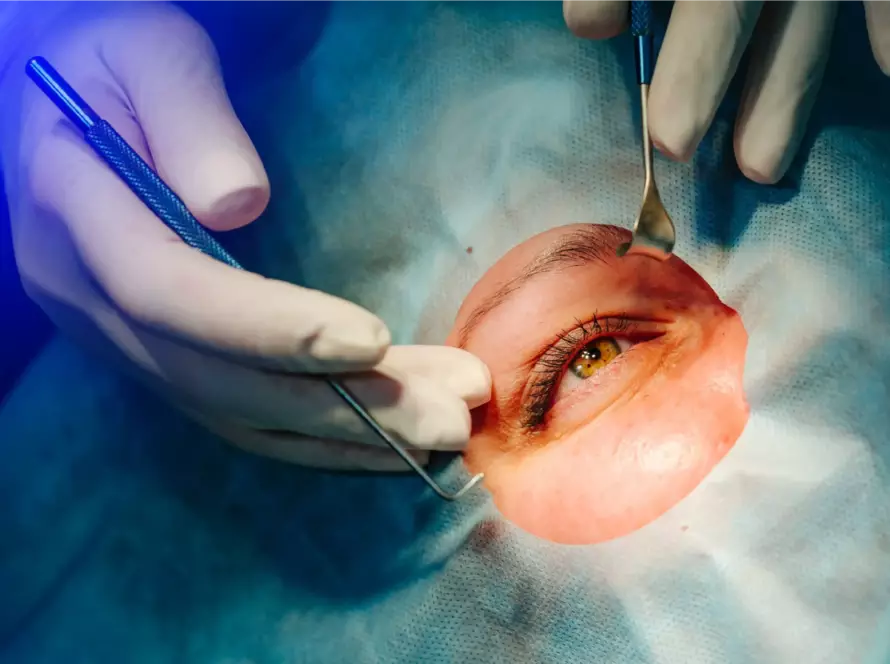Often, when we think about cataracts, we think of elderly people. However, did you realize that cataracts can also be born in babies? Even though they are uncommon, congenital cataracts are something that new and expectant parents should be aware of.
Congenital cataracts are patches of cloudiness in an infant’s lens that either develop right away or is present from birth. They can impair eyesight by blocking light from adequately reaching the retina, much like adult cataracts. A relatively uncommon condition, congenital cataracts afflict one to six babies out of every 10,000 born. However, it’s important to be aware of them because they might have a big impact on a child’s development of their vision.
Why do congenital cataracts occur?

Congenital cataracts can have more than one cause. Among the possible causes are:
– Genetics: It can occasionally run in the family.
– Infections during pregnancy: The risk can be raised by some illnesses, such as rubella.
– Metabolic disorders: A factor may be conditions such as galactosemia.
– Unknown factors: The precise origin of many problems is yet unknown.
Warning Signs to Look Out for
Congenital cataracts can be difficult to diagnose, but there are certain clear symptoms. An area of whitish or cloudiness in the pupil, unfocused or untracked eyes, poor eyesight development, and involuntary eye movements.
Remember that a baby’s eyes are still developing, so you should talk to your pediatrician about any concerns.

We all want the best for our kids as parents. Knowing about diseases such as congenital cataracts enables us to take prompt action when necessary. Recall that the ideal method to make sure your child’s eyes are developing normally is to have them checked out by your pediatrician regularly.
Do not hesitate to consult a medical professional if you have any concerns regarding your child’s vision. Early identification and intervention can significantly impact your child’s visual future.
Beyond LASIK, Beyond SMILE



